2.3K Views
Hellebores for winter blooms

by
Douglas Hunt
(IC: professional)
As far as I'm concerned there isn't a better plant for winter-to-spring blooms than the hellebore. They will grow in most parts of the country, which is one of the reasons the hybrid form was named the Perennial Plant of the Year in 2005, and are relatively care-free. While they are generally considered shade plants, most will actually take a fair amount of sun, and often bloom better when they get some. Once established, they are quite drought-tolereant. Depending on your location, some species bloom as early as November, and can continue well into April. When I moved to Florida, the hellebore was at the top of the list of plants I was going to be sad to say goodbye to, but an exchange of e-mails with Judith Tyler of Pine Knot Farms in Virginia, co-author of "Hellebores: A Comprehensive Guide," led to my ordering from her a few plants of Helleborus lividus, a species native to Majorca. (Although this species is not reliably hardy below zone 8, many species will survive zone 4 winters.) I planted them in November and this week the first plant rewarded me with a bloom, a sign, I hope, that they will be happy here. Are hellebores part of your garden?
Enjoyed the project?
Published January 14th, 2013 8:01 AM
Comments
Join the conversation
3 of 20 comments
-
I noticed a new bloom forming on one of my hellebores just yesterday, Marieanne. That means they've been going for three months. One more reason to love them!
 Douglas Hunt
on Apr 06, 2013
Douglas Hunt
on Apr 06, 2013
-
-
Douglas, I have so many hellebores reseeding that I dig them up and use them for roadside ground cover and erosion control instead of ditch lilies. (These and the sun-tolerant hosta 'Invincible' that also reseeds wildly.) I was afraid I would have lost them when I lost my only shade maple tree in 2007 to a tornado. Those "delicate" hellebores thrived in full, incessant, unrelenting, southern MD sun and drought, where many other plants did not. I also learned that digging them up isn't a big deal, either. They take the manhandling! They are truly beautiful. I am into the dark purple varieties, myself, but the way my roadside is looking in the cold of winter? I'll take any seed that happens my way! Love 'em!
 Christine
on Nov 16, 2014
Christine
on Nov 16, 2014
-




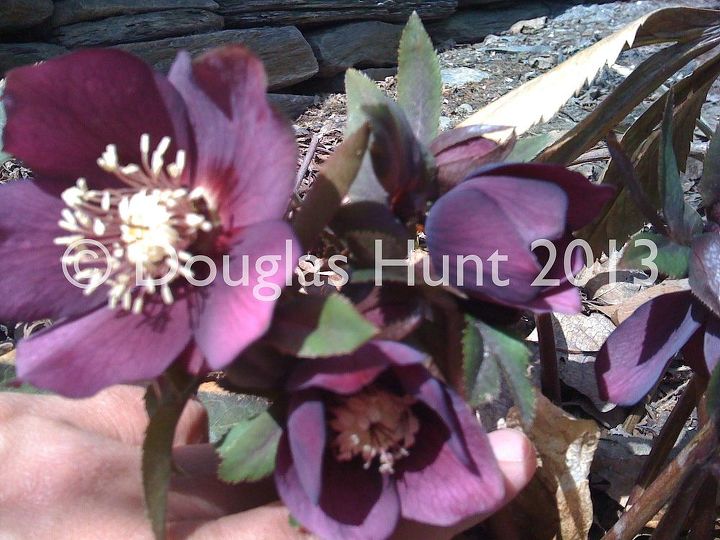

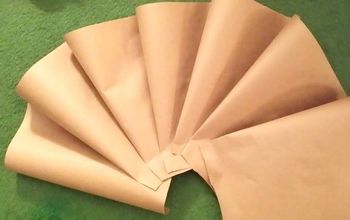




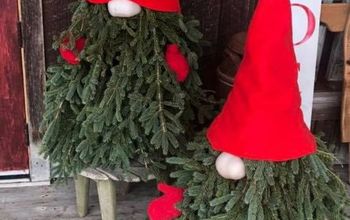

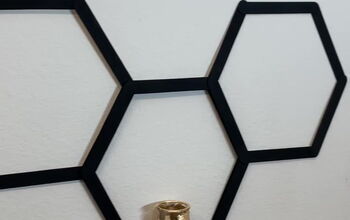









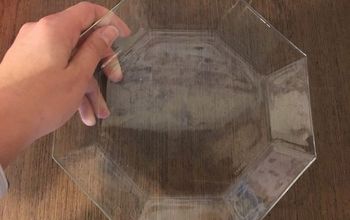


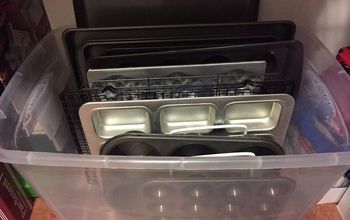

Frequently asked questions
Have a question about this project?